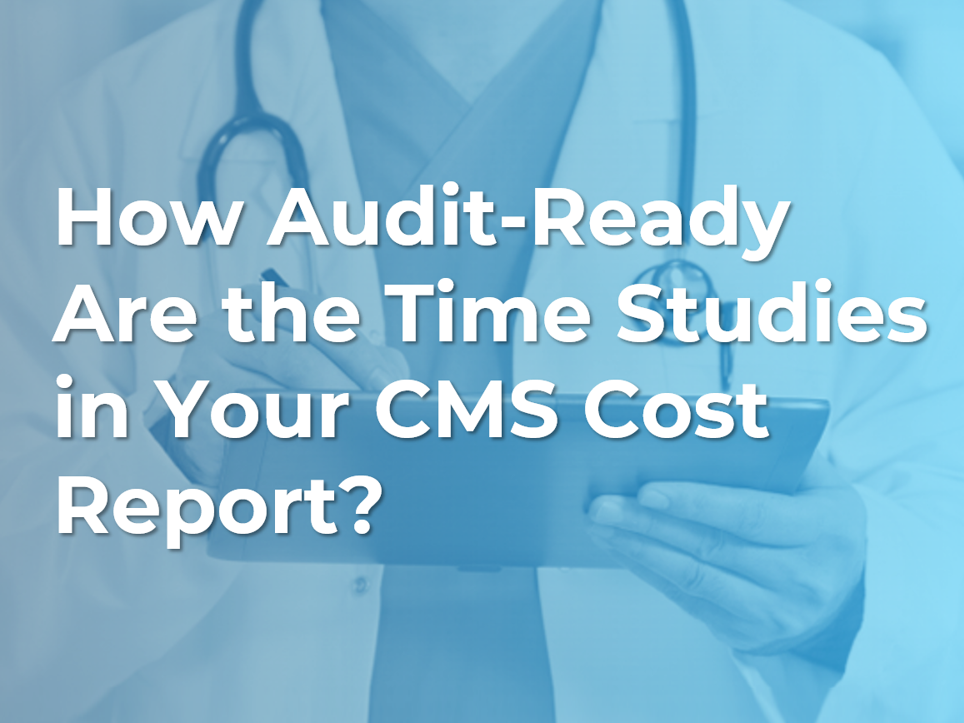The Top Four Takeaways from the HFMA 2023 Annual Conference
Two weeks ago we attended the 2023 Annual Conference of the Health Financial Management Association, a 100,000-member strong professional organization. The three-day conference took place in Nashville at the expansive and fantastical Gaylord Opryland which hosted a crowd of more than 3,000.
Incoming HFMA Chair Dennis Dahlen, CFO of the Mayo Clinic, challenged those gathered in the keynote session that “we’re not moving fast enough or making enough of a difference.” Dahlen cajoled the group to make an immediate impact and rallied the group with his call to action: “It’s time.”
Getting a chance to meet many people and sit through nearly 20 hours of presentations, four topics surfaced as “top of mind” for this group of healthcare finance leaders. If you could not attend, here’s our overview along with four key takeaways so you can consider whether you are experiencing the same in your workplace.
1. The Labor Shortage Is As Bad As You Think (Maybe Worse)
If we were to rank the top three topics at HFMA, challenges with the healthcare workforce would rank #1, #2, and #3. Some data from SSM Health’s Jamie Davis and Jonathan Wiik of Finthrive backed that up during their presentation “Bots or Bust: Leveraging Automation During the Labor Crisis”:
The healthcare “industry has lost anywhere from 20%–30% of its workforce over the past two years. Of those healthcare workers still employed, many say they are actively considering a change in jobs, or perhaps leaving the field entirely…” (source)
47% of current healthcare workers plan to leave by 2025. (source)
$4.6B annual cost of burnout to the U.S. healthcare system. (source)
1.3M shortfall in the healthcare workforce, up from 500K pre-pandemic. (Bureau of Labor Statistics)
The impacts are significant in changing the care model (not for the better) and reducing the capacity to serve patients across the board.
The back-office staff are equally impacted. In the “Offsetting Workforce Challenges” session, the panel shared that 50% of hospitals and health systems are facing severe workforce shortages. One out of every five hospitals has 30+ unfilled revenue-cycle positions.
Adding to the complexity is managing teams that are predominantly remote which constrains insights into performance. The shortage has consequences including:
Increase in patient billing errors
Long hold times for customer service calls
More cancellations and rescheduling
One presentation cited Kevin Holloran of Fitch Ratings describing the labor crisis as “a fundamental macroeconomic shift” that may take as long as 10 years to recover from, although the median expectation is 2-3 years.
In the meantime, a few strategies according to a recent survey of 205 CFOs:
Adopt new technology, including AI/ML, to reduce human workloads
Outsource some functions to a revenue-cycle partner
Attract and retain new talent
Eliminate redundant systems
To that, we would add that a better understanding of how the revenue cycle teams are applying their time across the board could reveal new insights, especially in the new era of remote working and flexible work. Conduct occasional time studies and see what insights are observed. Time is our most precious resource, yet we typically don’t track and measure it in any rigorous way.
Learn How to Measure Our Most Precious Resource: Time
Better understand how to use time studies to make your team more efficient, and help them avoid burnout. Get our latest ebook.
2. The Shifting Sands of Payers
Hospitals and healthcare systems are seeing a shift in their revenue streams that are creating financial pressures. In a session presented by Deloitte’s Tina Wheeler and John Lorette, the key trends they are seeing include:
More unpredictability with an increase in Medicaid patients, more uninsured, and new payment models due to high-deductible coverage.
An increased rate of denials from payors.
The combination of a 40-year high inflation and supply chain constraints experienced by 99% of hospitals and health systems.
So on top of the workforce implosion, the macroeconomic conditions are creating challenges in receiving payment. Some of the solutions suggested in the panel were to deploy technology to help. Solutions include analytics to better report on profitability and analyze value leaks and cost recovery opportunities.
“Of all the forms of inequality, injustice in health is the most shocking and inhumane.”
3. Momentum Building For Healthcare Equity
One of the optimistic trends was around creating a more equitable healthcare system, including an excellent presentation by Dawn Carter of Centauri Health and Justin Villines of the Arkansas Department of Health. While healthcare equity is not a new concept, data is increasingly making the case for investing. To its credit, it is also a focus of HFMA.
The primary focus of Carter and Villines’s talk was on the social determinants of health (SDOH). For those not acquainted with the term, SDOH is on multiple factors such as poverty, housing, employment, transportation, race, gender, nutrition, food security, and others that impact a person’s overall well-being.
Over two years, 57 health systems invested $2.5 billion in SDOH with a reported 11% decrease in costs resulting from SDOH investments. Food insecurity, for example, caused an increase in healthcare costs by an average of $2,456 per family.
Villines leads an effort in Arkansas called SHARE, short for “State Health Alliance for Records Exchange”, that creates a complete health record for the state’s residents. By centralizing the data, any medical provider has a complete, readily accessible overview of a patient’s history and current care. SHARE can also help improve care by connecting patients to needed services, such as transportation to get them to regular check-ups.
Hopefully, our industry is poised to address the inequities so that citizens can enjoy better health outcomes regardless of their social circumstances. Kudos to HFMA for making this part of the conversation among its members.
Take 15 Minutes and See How Easy it is to Start Seeing Results
To find out more about how Time Study can make a difference in how much time your team spends and increase your reimbursement, schedule a 15-minute demo.
4. Disruption Coming to Pharmaceutical Supply Chain
The final keynote was delivered by Dr. Alex Olshmansky, CEO and Co-founder of Mark Cuban Cost Plus Drug Company. It was a thought-provoking presentation that helped shine a light on the reasons underpinning the high cost of pharmaceuticals which have more than tripled between 2007 and 2020.
Olshmansky walked the attendees through the middlemen of wholesalers and pharmacy benefit managers (PBMs) that control the current supply chain. The result is that in the U.S. we pay 2.5 times more for drugs per capita than other comparable nations. The exorbitant rates are illustrated by the “rebate” that PBMs took accounted for 31.4% of gross generic spending in Ohio Medicaid managed care.
Cost Plus Drug Company was Dr. Olshmansky’s idea that got backing from Mark Cuban. The plan is to directly manufacture drugs in a plant in Dallas that will go online later this year, as well as work directly with pharmaceutical manufacturers. The result is that drugs that can be as much as 90 percent lower than current pricing. It will be fascinating to watch this play out in the coming years and see if Cost Plus can make drugs more affordable and therefore more accessible.
The company is a registered wholesaler in all 50 states. It may be worth checking out and supporting as a way to vote with your purse strings.
Read more: Healthcare entrepreneur Alex Oshmyansky describes his efforts to disrupt drug pricing, Nick Hut, HFMA, June 28, 2023








